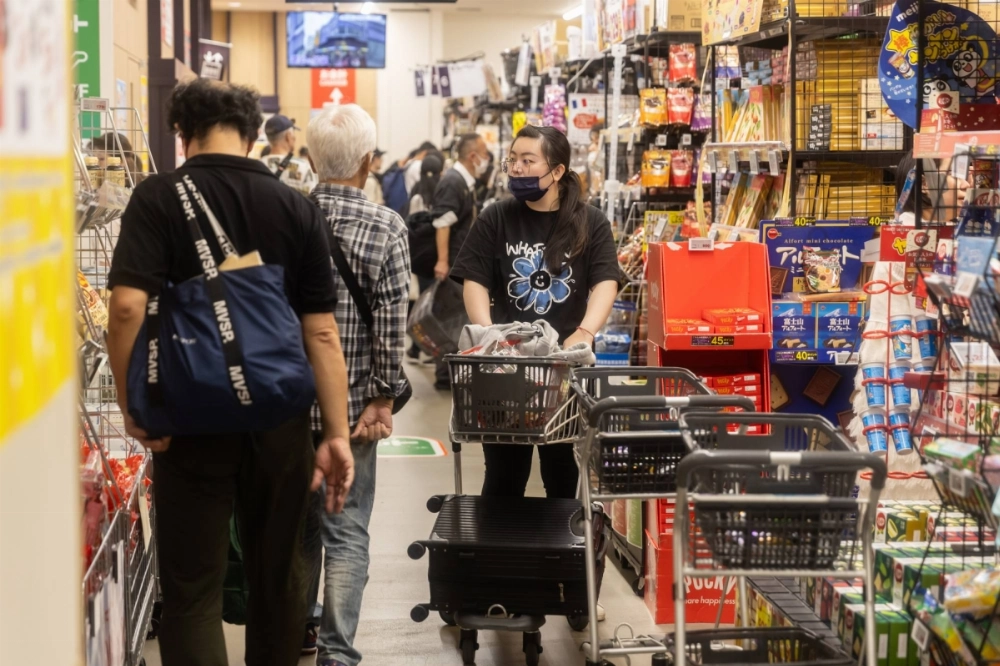Japan’s key consumer inflation measure accelerated more than expected to a fresh two-year high as Prime Minister Shigeru Ishiba gears up for a summer election and the Bank of Japan mulls the country’s price trajectory.
Consumer prices excluding fresh food quickened for a third month to 3.7% from a year earlier in May, according to an internal affairs ministry release Friday. That’s the fastest pace since January 2023 and above a 3.6% median estimate of surveyed economists.
Food inflation was again a major driver, with the price of rice — the nation’s staple food and a politically sensitive product — jumping 102% from a year earlier. Service prices, a metric closely watched by the BOJ, rose 1.4% from a year earlier, slightly more than 1.3% in April.

















With your current subscription plan you can comment on stories. However, before writing your first comment, please create a display name in the Profile section of your subscriber account page.